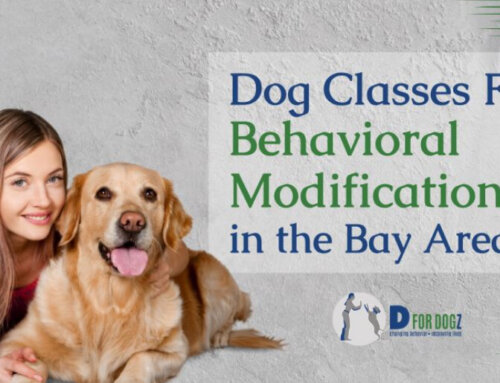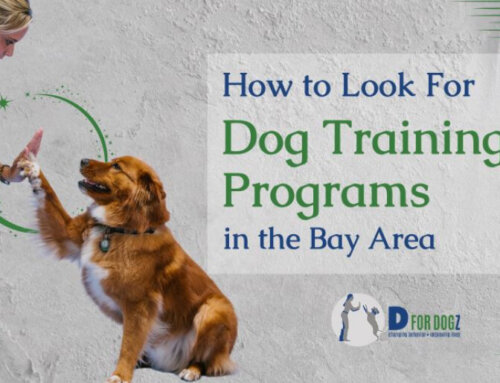Proven Strategies for Socializing Puppies in Addressing Aggression and Shyness
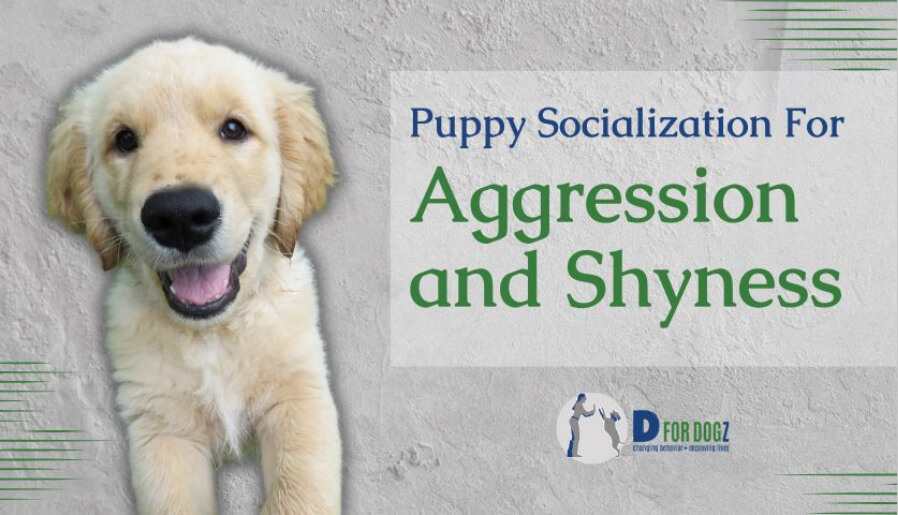
Welcoming a puppy into your home brings joy, challenges, and unforgettable moments. Among the myriad tasks new pet owners face, socializing their puppy is a critical yet often misunderstood aspect of their development. Aggression and shyness in puppies are not just behavioral issues; they are cries for help navigating an overwhelming world. These behaviors can stem from a lack of proper socialization, leading to fear, anxiety, and difficulty in adjusting to new environments or beings.
Addressing these concerns through proven socialization strategies is not merely about obedience—it’s about ensuring your puppy grows into a well-adjusted, confident, and happy companion. This guide offers a foundation for understanding the importance of socialization. It lays out actionable steps to address the everyday challenges of aggression and shyness, helping you and your puppy embark on a mutual understanding and deepened bond.
Key Takeaways
- Understanding the root cause of your puppy’s behavior is crucial for adequate socialization.
- Positive reinforcement is a powerful tool in modifying behavior and encouraging desirable actions.
- Structured socialization sessions help reduce aggression and build confidence by exposing puppies to various stimuli in a controlled manner.
- Identifying and addressing specific triggers of aggression or shyness enables tailored socialization efforts.
- Gradual and positive exposure to feared stimuli helps desensitize puppies, making previously stressful situations more manageable.
Essential Steps for Socializing Your Aggressive Puppy

Image Source: Pexels
Addressing aggression in puppies through socialization requires patience, understanding, and consistent effort. Here are essential steps to help you navigate this challenge:
1. Understanding the Root Cause
Before any corrective measures can be taken, it’s crucial to understand why your puppy might be displaying aggressive behavior. Aggression in puppies can often respond to fear, lack of social experiences, or even a protective instinct. Observing when and where your puppy becomes aggressive can provide insights into its triggers.
For example, if your puppy only shows aggression around new people, it might stem from fear or anxiety in social situations.
Application: Introduce your puppy to various people in a controlled environment, ensuring each interaction is positive. Start with distant encounters and gradually decrease the distance as your puppy becomes more comfortable.
2. Positive Reinforcement
Positive reinforcement is a powerful tool in modifying a puppy’s behavior. It involves rewarding desired behaviors, which encourages the puppy to repeat them. In the case of aggression, focus on rewarding your puppy for calm and non-aggressive responses in situations that usually trigger aggression.
If your puppy tends to be aggressive during playtime, you could introduce a quiet, calm play session with toys. Reward your puppy with treats or verbal praise for gentle play, gradually introducing more stimulating play as they demonstrate control and non-aggressive behavior.
Application: Carry high-value treats during walks or encounters with triggers. The moment your puppy notices the trigger but reacts calmly or looks to you instead of responding aggressively, immediately reward them. This associates the previously stressful trigger with positive outcomes.
3. Structured Socialization Sessions for Aggressive Dogs
Carefully planned and structured socialization sessions can significantly reduce aggression by exposing your puppy to various stimuli in a safe and controlled manner. This should include meeting different types of people, encountering various animals (under controlled conditions), and experiencing new environments.
Here’s what you can do
- Organize a meet-up with a friend who has a calm and friendly dog.
- Ensure both animals are on leashes and in a neutral, open space where they can see each other without being forced to interact closely.
- Observe your puppy’s body language and reward any signs of curiosity or calmness.
Gradually, you can allow closer interaction under supervision, always ready to intervene if needed.
Application: Schedule regular socialization outings that expose your puppy to new sounds, sights, and surfaces. Keep these sessions short and positive, and never force your puppy to interact with something that terrifies them. Instead, encourage and reward curiosity and bravery with their favorite treats or toys.
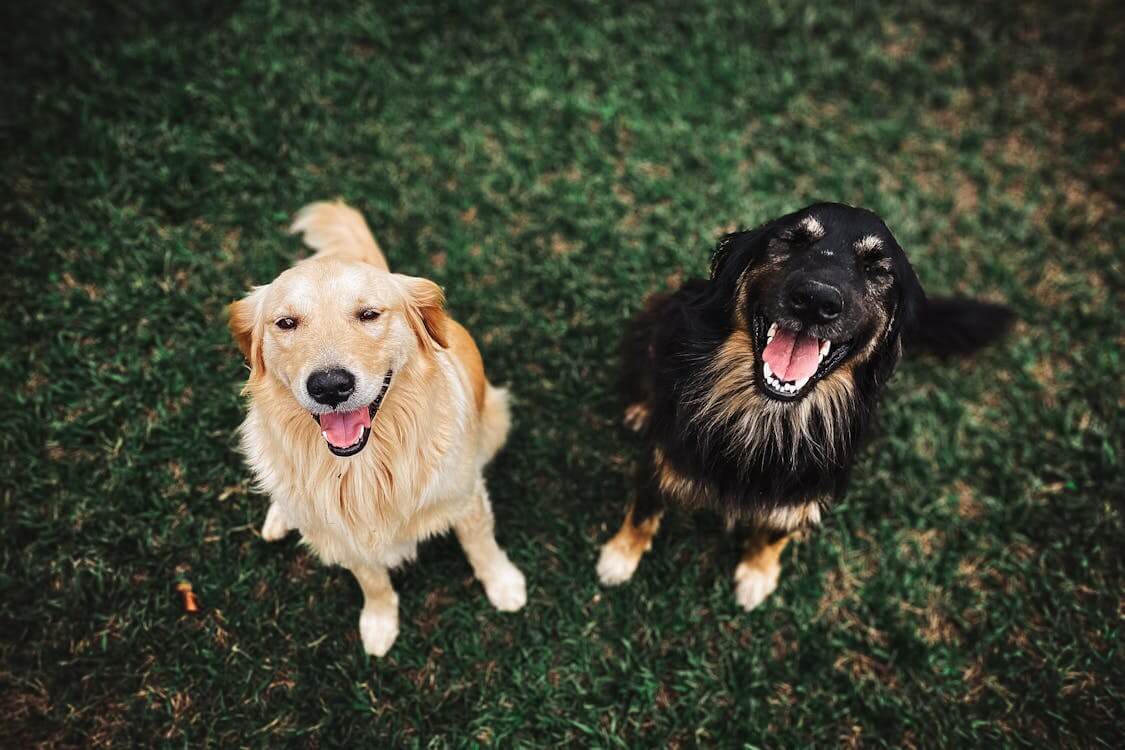
Image Source: Pexels
4. Identify and Address Your Puppy’s Triggers
Understanding what triggers explicitly your puppy’s aggressive behavior is crucial. Aggression can be directed towards people, other animals, or both and can occur in response to various stimuli. To effectively socialize an aggressive puppy, identify these triggers by observing when and how your puppy reacts aggressively.
Does the presence of other dogs, unfamiliar people, or certain situations provoke a reaction? By pinpointing these triggers, you can tailor your socialization efforts more effectively to address your puppy’s needs.
Application: Begin by keeping a diary of incidents when your puppy displays aggression, noting the context and specifics of each situation. This record can help identify patterns and triggers, allowing you to avoid them initially and gradually expose your puppy to these triggers in a controlled and positive manner.
5. Gradual and Positive Exposure to Triggers
Once you’ve identified your puppy’s triggers, the goal is to gradually expose them to these triggers in a positive and controlled way. This approach, known as desensitization, involves introducing the trigger at a distance or intensity that does not provoke an aggressive response and then rewarding calm behavior. Over time, you can slowly decrease the distance or increase the intensity while continuing to reward positive reactions.
Application: If seeing other dogs triggers your puppy, start by observing dogs from a distance where your puppy remains relaxed—reward calm behavior with treats or praise. Gradually, you can decrease the distance as your puppy becomes more comfortable. This process requires patience and consistency, and progress should be made at a comfortable pace for your puppy.
Further Support: For puppies with significant aggression issues, consider seeking the support of a professional dog trainer or behaviorist. They can provide personalized guidance and support to ensure your socialization efforts are safe and effective.
This professional guidance can be especially helpful in navigating the complexities of socializing an aggressive puppy, ensuring you and your puppy have a positive and successful experience.
Steps to Build Confidence for Shy Puppies

Image Source: Freepik
Creating a nurturing and positive environment for socializing a shy puppy is essential to helping them overcome their timidness.
Here are steps to guide your shy puppy towards becoming more confident and social.
1. Start with Gentle and Gradual Socialization
Introducing your shy puppy to new experiences should be slow and gentle. Begin in environments where your puppy feels safe, such as your home, and gradually move to more challenging settings, like a quiet park. The key is to expose them to new stimuli without overwhelming them. Positive experiences in these controlled settings can significantly reduce anxiety and build confidence.
For instance, start by inviting a friend over to your house, someone who understands the importance of being calm and gentle with a shy puppy.
Allow your puppy to approach them individually, rewarding curiosity or bravery with treats or gentle praise.
As your puppy becomes more comfortable with this setup, you can slowly introduce more people into the environment, ensuring these introductions are positive and not forced.
2. Use Positive Reinforcement Training Techniques
Shy puppies respond well to positive reinforcement, which rewards them for brave behavior in new situations. This method reinforces their confidence and encourages them to explore their surroundings with curiosity rather than fear. Rewards can be treats, praise, or playtime, depending on what motivates your puppy the most.
Create a daily routine in which your puppy is rewarded for interacting with new objects or people. If your puppy sniffs a new toy or approaches a new person, immediately reward it. This could be during a walk, where you encourage them to explore a new path or gently coax them to greet a familiar neighbor. Always ensure these positive experiences end on a high note, leaving your puppy eager for more.
3. Familiarize Your Puppy with New Environments
Slowly introducing your puppy to various environments can help it become accustomed to the unpredictable nature of the world outside its comfort zone. This means taking it to different places, exposing it to various sounds, and letting it explore different terrains at its own pace.
Begin with short visits to less crowded places, like a friend’s backyard or a quiet park during off-peak hours. Let your puppy explore these new environments at their own pace, offering treats and praise for calm and curious behavior. To make this more effective, carry a familiar toy or blanket to give them a sense of security.
Gradually increase the complexity of these environments by visiting slightly busier parks or taking a different route on your walks, always monitoring your puppy’s comfort level and adjusting accordingly.
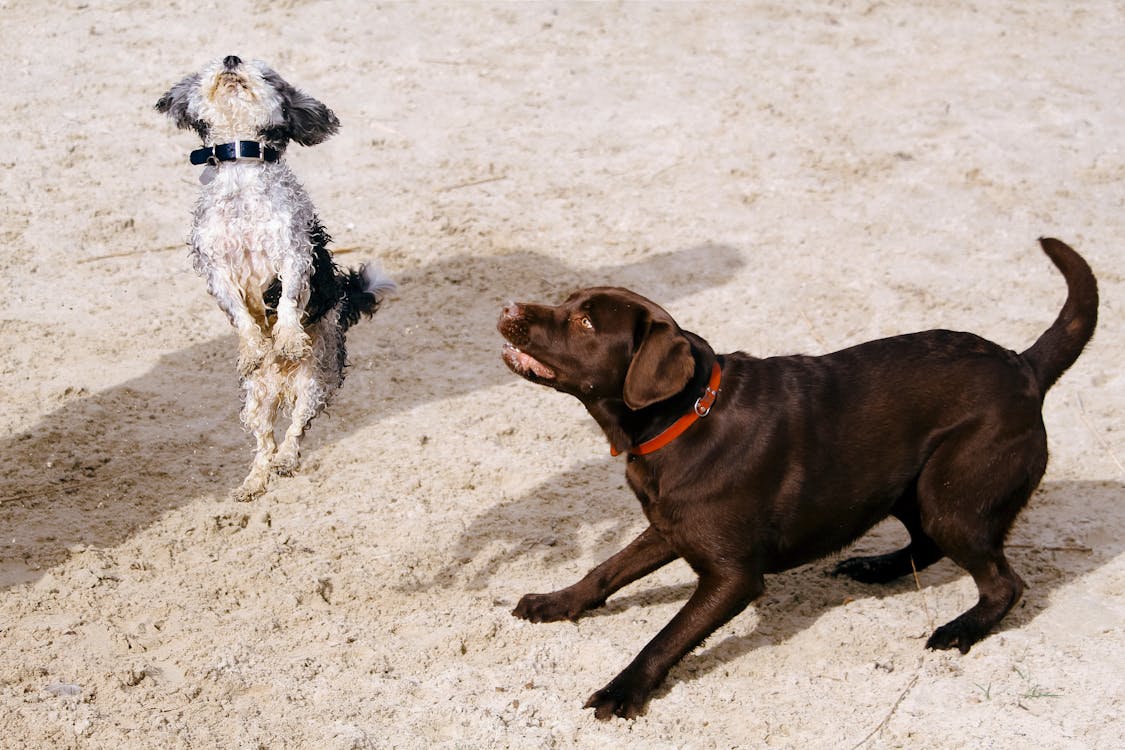
Image Source: Pexels
4. Create Positive Associations with New People
Making new people “no big deal” helps shy puppies learn that strangers aren’t something to fear. Begin by taking your puppy to environments where they can observe people from a safe distance, such as sitting outside a café or walking in a park. The goal is not to force interaction but to allow your puppy to watch the world go by and realize that strangers don’t always mean stress or fear.
You might sit on a bench with your puppy and quietly watch people pass. Reward them for calm behavior or for showing curiosity without nervousness. If someone wants to approach and pet your puppy, you can kindly decline, emphasizing your puppy’s comfort and training needs.
Over time, as your puppy grows more comfortable with the presence of strangers, you can gradually allow closer interactions, always under controlled conditions and with positive reinforcement.
5. Utilize Structured Activities and Games For Shy Puppies
Incorporate structured activities and games that encourage your puppy to interact positively with its environment and other beings. These can include games like fetch or hide-and-seek, where your puppy is rewarded for engaging with you or another familiar person in different settings. These activities build confidence and strengthen the bond between you and your puppy.
In a familiar and quiet outdoor space, start a game of hide-and-seek. You hide behind a tree or bench and call your puppy. When they find you, reward them with treats or their favorite toy. This fun activity teaches them that exploring and interacting with their surroundings can produce positive outcomes. As they grow more confident, you can introduce new people into these games, helping your puppy learn that interactions with strangers can be fun and rewarding.
6. Regularly Practice Obedience Training in New Environments
Obedience training isn’t just about teaching your puppy commands; it’s also a powerful tool for building confidence. Practicing basic commands like “sit,” “stay,” and “come” in various settings can help your puppy feel secure even in unfamiliar situations. As they learn to focus on you and follow commands, they’ll feel more in control and less overwhelmed by their surroundings.
Begin in a quiet corner of a new park or an empty lot, where distractions are minimized. As your puppy successfully follows commands, gradually introduce more distractions, like the sound of traffic or the presence of other people and dogs at a distance. Use treats and praise to reward their focus and compliance. Over time, this practice will help your puppy learn that they can rely on you for guidance and safety, no matter where they are.
Conclusion
Successfully socializing puppies to address their aggression and shyness is crucial in their development into well-adjusted, confident adult dogs. Through understanding the root causes, employing positive reinforcement, and careful, gradual exposure to new stimuli, pet owners can guide their puppies through these challenges. Tailoring strategies to meet individual needs ensures that each puppy can overcome their fears or aggressive tendencies, paving the way for a happier, more sociable future.
Overcome shyness and aggression in your puppy with expert socials training in the Bay Area. Discover D For Dog Training’s effective strategies and make a positive change. Learn more at D for Dog Training.
About the Author: Kaajal Tiwary
Kaajal (aka “KT”!) loves puppies and is dedicated to getting new puppy guardians off on the right paw and guiding her students through the tough early days of owning a dog. Her goal? Transforming each bundle of raw puppy energy into the perfect adult companion.

